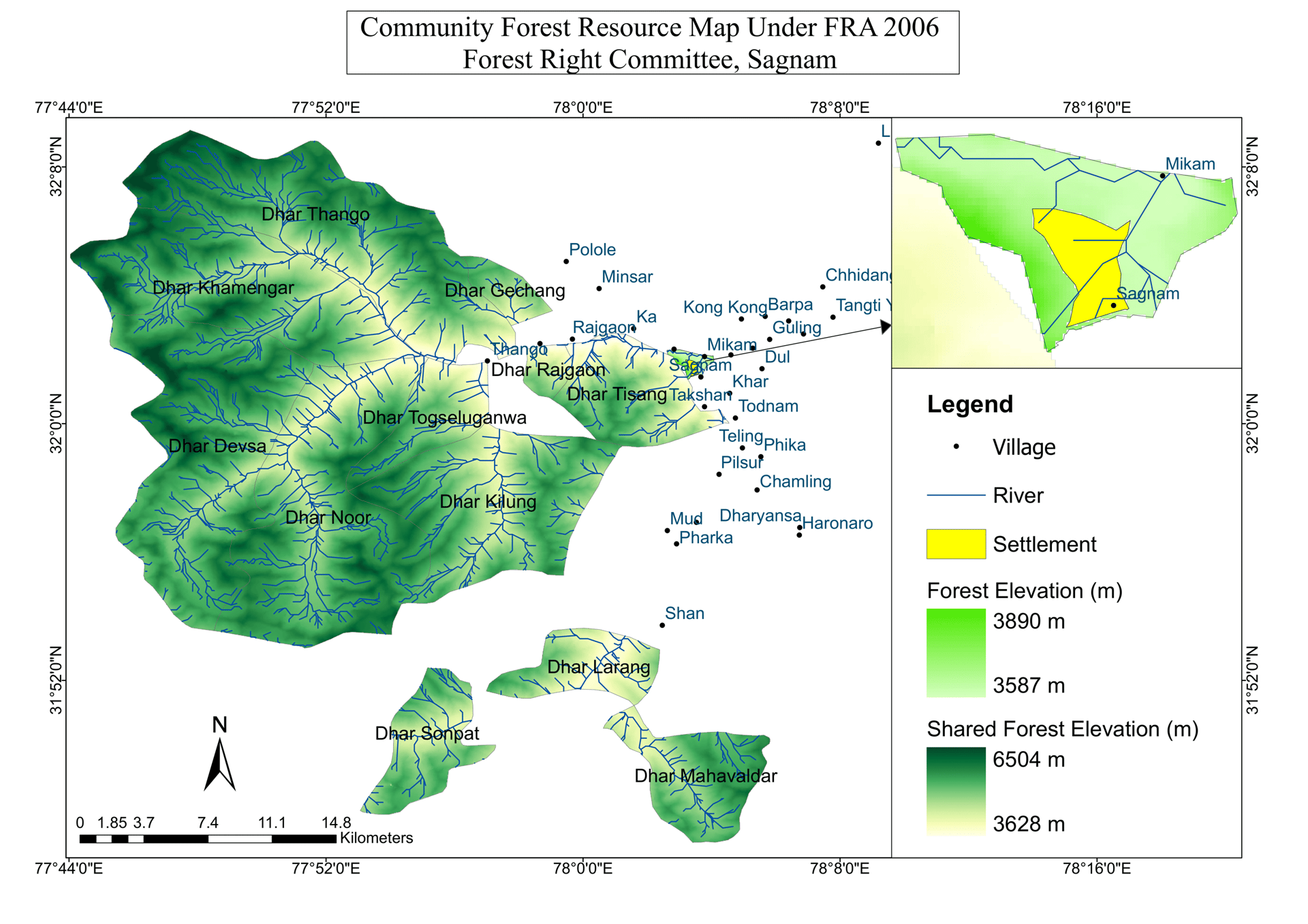
16.12.22
Inventory Mapping: A Key Building Block of the Bioenergy Economy in Himachal Pradesh
Himachal Pradesh presents a high-potential landscape for developing a bioenergy economy owing to the abundance of pine needles in various areas, such as Bhattiyat tehsil (taluka) in Chamba district. These pine needles can be processed into briquettes, offering an attractive alternative to coal and other fossil-fuel-based raw materials for hard-to-abate industries, and can be supplied sustainably by forest-dependent communities. However, pine needles are highly flammable and frequently cause forest fires, which negatively impact forest biodiversity and the livelihoods of these communities. Furthermore, industries struggle to procure pine needles due to insufficient inventory data, leading to inconsistent supplies.
To address this, the Initiative on the Forest Economy (IoFE), led by the Bharti Institute of Public Policy (BIPP) at the Indian School of Business (ISB), Hyderabad, is combining digital technology with community engagement. In Bhattiyat, our team is undertaking forest inventory mapping, analysing high-resolution geospatial imagery alongside data collected through community participation to generate detailed data points and polygon maps. The village head and two local experts are also providing inputs on community forest boundaries to refine these maps. Simultaneously, the ISB–BIPP team is training local volunteers to gather ground-truth observations and conduct systematic forest inventories, which will help generate accurate distribution maps and quantity estimates of pine needles across the landscape.
Our immediate action plan is to:
(a) complete an accurate inventory of pine needles through extensive mapping;
(b) file Community Forest Resource Rights (CFRR) claims under the Scheduled Tribes and Other Traditional Forest Dwellers (Recognition of Forest Rights) Act, 2006—commonly referred to as the Forest Rights Act (FRA)—for forest-dependent communities, including the Gaddi tribal community of Chamba; and
(c) establish a women-led, community-owned enterprise—built on existing self-help group (SHG) structures—to streamline the supply chain from forests to industries.
